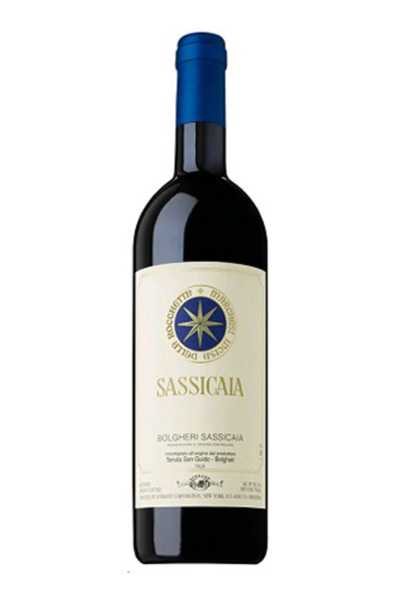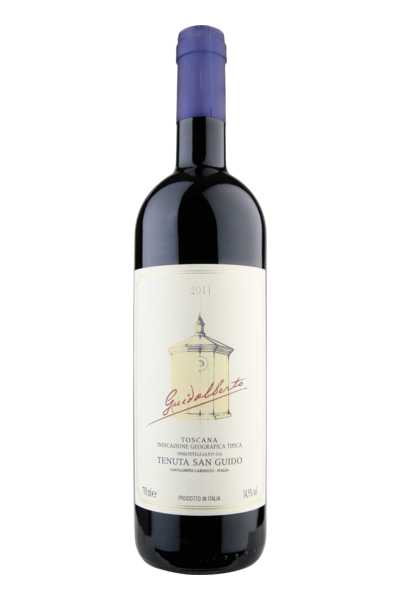Add Brand
Sign In
Close

Tenuta San Guido
Are you the owner of this company?
Start your listing today – for free.
Register and add your brand description.
Country:
 Italy
Italy
 Italy
Italy

